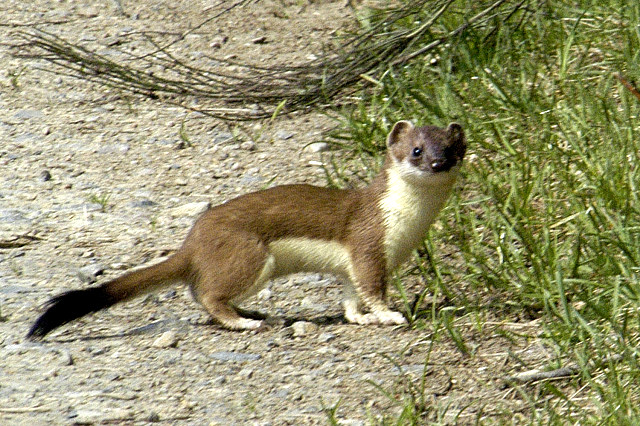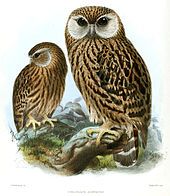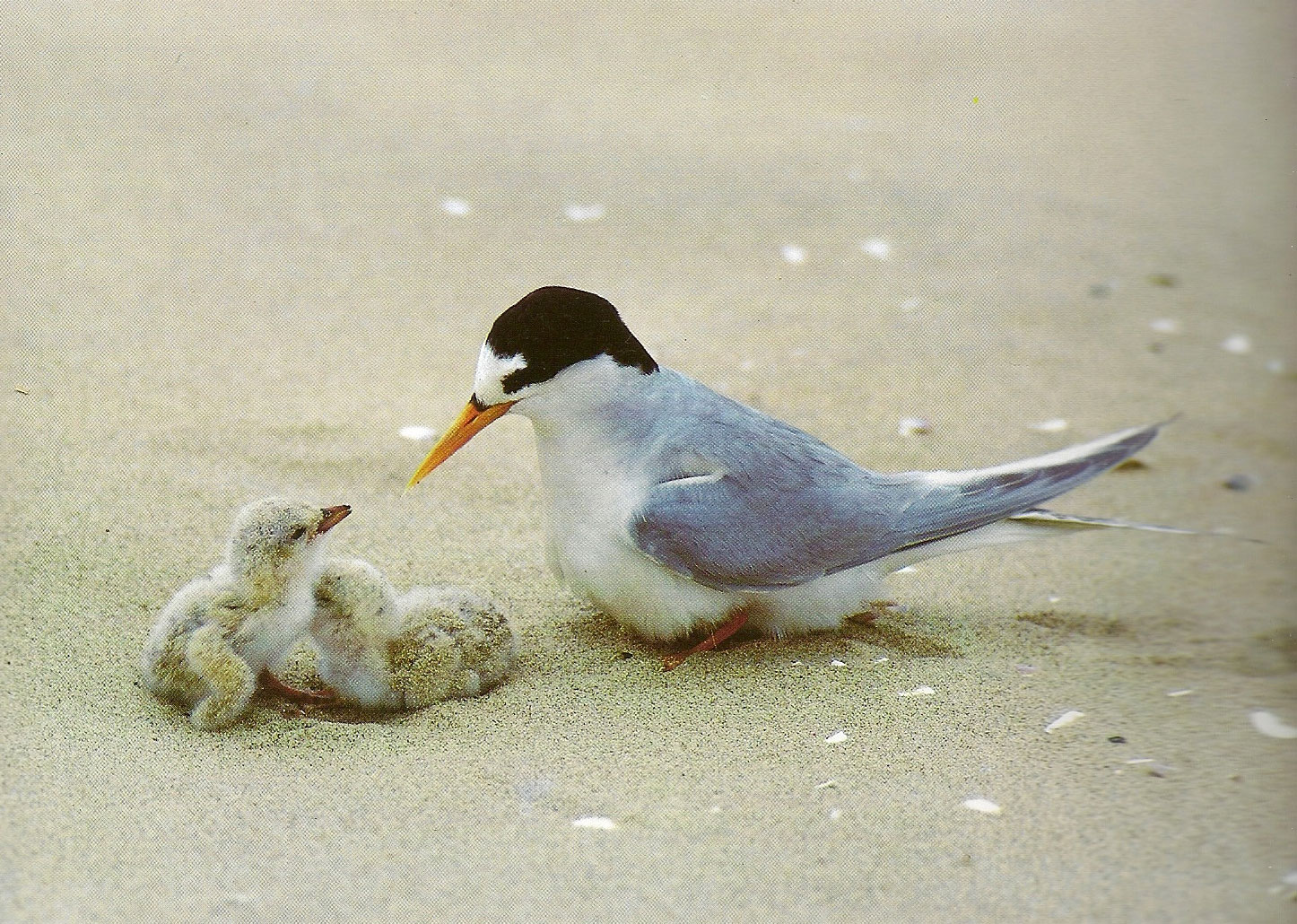 New Zealand, an island in the Pacific, home to some of the most unique native fauna but not all of the animals inhabiting the island are native: there are some animals that have weaseled their way into the ecosystem. The invasive species of New Zealand some brought by the Europeans all creating destruction on the natural environment. One of the most impactful, mostly on the bird population, the short-tailed Stout, a relative of the weasel. The Stout brought in, against the protests of professionals warning of the damage they would cause, to get rid of the rabbit problem is now hurting the birds of New Zealand. After the mistake of bringing in the Stout, it is the Birds that are suffering.
New Zealand, an island in the Pacific, home to some of the most unique native fauna but not all of the animals inhabiting the island are native: there are some animals that have weaseled their way into the ecosystem. The invasive species of New Zealand some brought by the Europeans all creating destruction on the natural environment. One of the most impactful, mostly on the bird population, the short-tailed Stout, a relative of the weasel. The Stout brought in, against the protests of professionals warning of the damage they would cause, to get rid of the rabbit problem is now hurting the birds of New Zealand. After the mistake of bringing in the Stout, it is the Birds that are suffering.
Imagine walking through a rocky area with overhead branches casting shadows on the ground, in the distance you hear something that sounds like mad laughter. A couple of branches ahead there is an owl perched on a branch calling out the weird sound. That bird is commonly called the Laughing Owl and there is no chance of seeing these creatures again as they are now extinct. Thanks to the introduction of the Stout this owl was hunted to extinction. The last living Laughing Owl died around 1914 leaving the species fully extinct. Now the only place you can see these unique faunae is in a museum. The Laughing Owl is not the only bird to go extinct due to the Stout and other introduced species the Bushwren, New Zealand Merganser, and Chatham rail are a few other bird species that we wouldn’t be seeing for some time.
In the heart of New Zealand a green flightless parrot inhabitant, New Zealand, its name the Kapako. Unfortunately, though the Kapako is on its way out with only about 154 birds left in the living world with the population decreasing still. The night-parrots of New Zealand are being targeted by the Stout and other introduced predators as easy meals. The Kapako’s defense of camouflages useless against their hunters, due to the Stout hunting by smell and not by sight, making it hard for the parrots to do anything against the weasels. To help deal with a rabbit problem the Stout was introduced but now that Stout is wreaking havoc on the unique and wonderful birds of New Zealand.
Near the sea, the small pipers known as the New Zealand Fairy Tern snuggle into their nests getting ready for some rest. The adorable Tern believes it is safely camouflaged in the grass but as I have already stated its hunters do not hunt by sight. Before the Tern is able to escape it is jumped on and now gone. This is not an uncommon situation for the water birds playing in the sand as they are no longer safe from harm. Constantly being hunted and killed, their nests being raided and destroyed makes them one of the rarest birds to see on the beaches of New Zealand. But there is a glimmer of hope for these cute birds, conservation efforts are trying to bring these birds back on to their feet. With specific places being sectioned off from the breeding of the Fairies of New Zealand the people are hoping that in the future the seabird will be thriving and not dying.
The Stout, an invasive species in New Zealand, was introduced to its new hunting grounds during the 1880’s. New Zealand had a rabbit problem, the rabbit also being an introduced species ruining the ecosystem, and they believed that introducing another species, that could kill off the other native species and ruin the ecosystem, was the best way to deal with the increased problem of bunnies. With little surprise to many experts, the Stout decided instead of dealing with the rabbit problem this species was going to start killing the native birds which had little defense against the new aliens. So against the warnings of experts, the Stout was introduced to decrease the rabbit population but instead started to kill the beautiful native birds. So I now leave you with a question. Is it right for us to introduce species to change the environment of an area?
2 https://australianmuseum.net.au/australias-extinct-animals
3 http://www.ecology.com/2012/10/03/invasive-species-showdown-zealand/
4 https://en.wikipedia.org/wiki/New_Zealand_fairy_tern
5 http://nzbirdsonline.org.nz/species/laughing-owl
6 http://nzbirdsonline.org.nz/species/fairy-tern
7 http://nzbirdsonline.org.nz/species/laughing-owl
8 http://nzbirdsonline.org.nz/species/kakapo
9 https://en.wikipedia.org/wiki/Stoats_in_New_Zealand
10https://www.newzealand.com/ca/feature/new-zealand-flora-and-fauna/





Katie!
Having watched you write this throughout the entire process, I have to say that the outcome is really well written! You wrote about something that I honestly had no idea about and drew my interest in. I think that by doing that, it’s proof that you’ve written an incredible feature article!
My only piece of advice would be to maybe appeal to the logos aspect a bit more. There was a lot of ethos and pathos in it (which was great for me) but the logos was minimal. I think that if you added in some statistics that you’d be able to reach a wider audience with your writing. Other than that, I think that you wrote a fantastic feature article!
Fighting!
Chloe
Dear Katie,
I just love how it is readable in both your voice and in a reporters voice. I can say having a reporters start to the feature artical could change to catch more peoples attentions, however, it is a beautiful piece. I can not wait to read more of what you decide to post.
-Melody